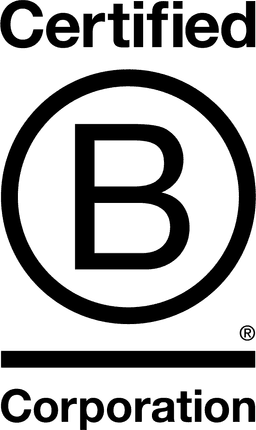

Treefort Music Fest

Idaho, United States
August 2015
Arts & entertainment
Service with Minor Environmental Footprint
United States
Jumping around venue to venue discovering new bands and activities keeps our short attention spans in check. From sun-up to sun-down, every day is a top-notch experience, whether you're sipping on a rare wine-barrel-aged brew at Alefort, discussing politics with a band on the Neurolux patio, running to catch a last minute set at a nearby house show, getting awed by the magnitude of Band Dialogue or channeling your inner geek at Hackfort, Treefort has something for everyone. There's loads to do, discover and enjoy for little ones - and not so little ones - and for everyone to create happy memories to last a lifetime. After all, Treefort transforms Downtown Boise into a playground by building a huge Main Stage surrounded by existing and alternative venues - get out and explore! With the introduction of free-form non-commercial community radio station Radio Boise KRBX 89.9 FM to the FM airwaves in April of 2011, emerging artists are getting more airplay all over this large population center for the first time in decades, if not ever. Many of us are already active in the Radio Boise family as volunteers, fans and supporters and completely acknowledge the station's role in the increased synergy here in Boise, not only in the music scene, but in the arts and culture scene at large.
Overall B Impact Score
Governance 20.5
Governance evaluates a company's overall mission, engagement around its social/environmental impact, ethics, and transparency. This section also evaluates the ability of a company to protect their mission and formally consider stakeholders in decision making through their corporate structure (e.g. benefit corporation) or corporate governing documents.
What is this? A company with an Impact Business Model is intentionally designed to create a specific positive outcome for one of its stakeholders - such as workers, community, environment, or customers.
Workers 26.3
Workers evaluates a company’s contributions to its employees’ financial security, health & safety, wellness, career development, and engagement & satisfaction. In addition, this section recognizes business models designed to benefit workers, such as companies that are at least 40% owned by non-executive employees and those that have workforce development programs to support individuals with barriers to employment.
Community 38.7
Community evaluates a company’s engagement with and impact on the communities in which it operates, hires from, and sources from. Topics include diversity, equity & inclusion, economic impact, civic engagement, charitable giving, and supply chain management. In addition, this section recognizes business models that are designed to address specific community-oriented problems, such as poverty alleviation through fair trade sourcing or distribution via microenterprises, producer cooperative models, locally focused economic development, and formal charitable giving commitments.
What is this? A company with an Impact Business Model is intentionally designed to create a specific positive outcome for one of its stakeholders - such as workers, community, environment, or customers.
Environment 6.6
Environment evaluates a company’s overall environmental management practices as well as its impact on the air, climate, water, land, and biodiversity. This includes the direct impact of a company’s operations and, when applicable its supply chain and distribution channels. This section also recognizes companies with environmentally innovative production processes and those that sell products or services that have a positive environmental impact. Some examples might include products and services that create renewable energy, reduce consumption or waste, conserve land or wildlife, provide less toxic alternatives to the market, or educate people about environmental problems.
Customers 9.2
Customers evaluates a company’s stewardship of its customers through the quality of its products and services, ethical marketing, data privacy and security, and feedback channels. In addition, this section recognizes products or services that are designed to address a particular social problem for or through its customers, such as health or educational products, arts & media products, serving underserved customers/clients, and services that improve the social impact of other businesses or organizations.
What is this? A company with an Impact Business Model is intentionally designed to create a specific positive outcome for one of its stakeholders - such as workers, community, environment, or customers.